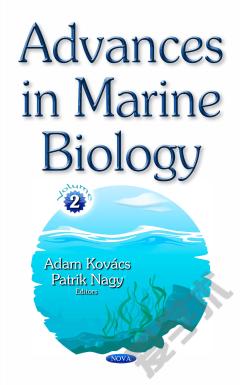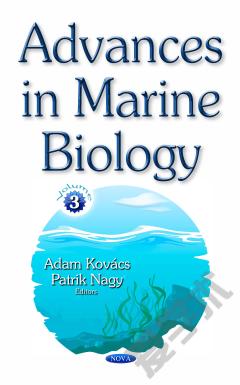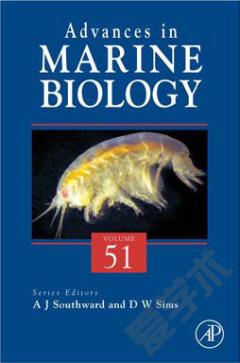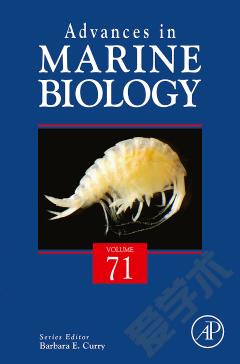Advances in Marine Biology. Volume 2
In Chapter One, Carlos García, Javiera Oyaneder-Terrazas, Diego Figueroa, Carolina Díaz, Romina Mora, and Héctor R. Contreras examine events linked to lipophilic marine biotoxins (OA-, AZA-, PTX- and YTX-group) and the way they interrelate in the mussels sp. environment in the Austral Pacific fjords. In Chapter Two, Uriel Rubio Rodríguez, Jessica A. Navarro González, and M. Itzigueri Burgos Vázquez explore the anatomical adaptations allowing for gregarious behavior in schools of fish to suggest modifying capturing methods for fisheries. In Chapter Three, Carlos García, Javiera Oyaneder-Terrazas, and Hector R. Contreras provide a study lipophilic marine biotoxins in the environment and their connection to concentration levels in shellfish. Marcos I. Pérez-Pérez, M. Dolores Garza-Gil, and Manuel Varela-Lafuente examine Spanish turbot aquaculture beginning in 1983 and ending with the future challenges it will face in Chapter Four. In Chapter Five, Yulia I. Podlipaeva and Andrew V. Goodkov present a study on White Sea mussel adaptions to environmental salinity changes. Next, H. Y. Zhanga, P. K. S. Shina, and S. G. Cheung present a study on the effect of salinity and acidification on food detection in Nassarius festivus, a marine gastropod, in Chapter Six. In Chapter Seven, J.A. Grant-Mackie reviews the distribution of a nautiloid in the Late Triassic. Following this, Bi Lin Liu, Xin Jun Chen, Jian Hua Li, Yi Gong, and Jing Yuan Lin present a review on the jumbo flying squid, or Dosidicus gigas, in Chapter Eight. Lastly, Chapter Nine by Bi Lin Liu, Jing Yuan Lin, Xin Jun Chen, Tao Jia, and Gang Li examines the species composition, abundance, and spatial distribution of zooplankton through a study conducted with Chinese squid jigging vessels in the Pacific Ocean.
{{comment.content}}








 京公网安备 11010802027623号
京公网安备 11010802027623号